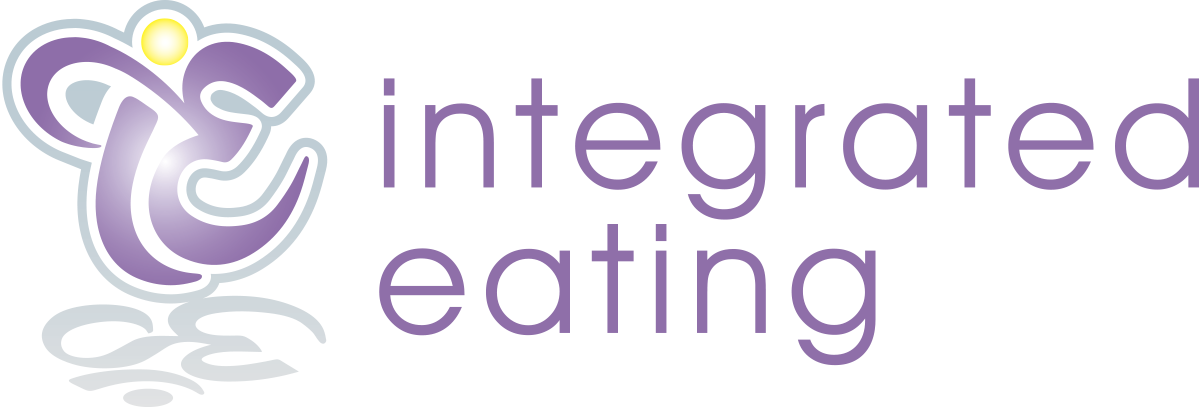A simple math equation or complex physiologic puzzle?
One common query that often presents itself in our nutrition sessions is how bodies maintain their ideal body weight. A myth most often related and recounted is that weight maintenance is simply the sum of calories consumed versus the calories expended. If we consume more than we burn we will gain weight. If we consume less calories than we burn, we will lose weight. One example that comes to mind are pseudo health articles claiming that if one refrains from adding sugar into their morning coffee every day for a year that some amount of weight loss occur which is equivalent to these sugar calories. In diet jargon this is known as “calories in equals calories out” or “CICO”.
Although there is a sliver of scientific truth to this simplistic reasoning, our bodies are not machines. In fact, quite the contrary. Our bodies are amazingly complex! There are many factors to consider when it comes how individuals maintain weight. We believe that the “calories in equals calories out” model oversimplifies a complicated subject matter.
Before taking a closer look into the enigma of CICO let’s consider how we as humans utilize calories. For starters a calorieis defined as a unit of energy. One calorie is the amount of energy it takes to raise a gram of water one degree celsius.
We burn calories in 3 ways:
BMR or Basal Metabolic Rate. This is the rate of energy utilization a body needs for basic body functions.
TEF is the Thermal Effect on Food. About 10-15% of calories you eat is used for digestion.
PHYSICAL ACTIVITY. Calories are also used for everyday tasks, movement such as walking to the bus stop and structured exercise like yoga.
TEE refers to our Total Energy Expenditure for the day. This can change daily due to factors like genetics, physical activity and hormones (1,2).
Many folks see CICO as a means of dieting and weight loss. What’s the appeal? Well, it can seem easy to follow and appear flexible in nature. It allows individuals to eat all types of foods as long as they are “burning” more calories than consumed.
However, it is important to be cautious of any diet touting an all food to fit model that also encourages restricting and focus on calories, not nutrients.
When our clients enter treatment with this kind we are mindset we notice:
Macro and micro nutrient deficiencies
Overfocus on calories
Compensatory behaviors
Obsession with weight loss, weight and the scale.
We remind our patients about the science and research suggesting this method is not appropriate for those in recovery.
- Our bodies have systems already in place to keep weight at a set point. When we disrupt this system by restricting or over exercise our body begins to conserve energy instead of effectively utilizing it.
- There are so many variables at play when it comes to weight, and weight maintenance. This includes but not limited to: genetics, age, medications and medical diseases that impact metabolism, activity level and hormones.
- In addition to these factors our chemical profile can impact our metabolism and weight. When individuals undergo chronic stress, over exercise or high amounts of anxiety, the hormones associated with the sympathetic nervous system such cortisol and adrenaline increase. These hormones can lead to changes in appetite, metabolism and fat utilization.
- Also, all calories are not created equally. Meals and snacks need to come equipped with appropriate amounts of protein, carbohydrates, fats, vitamins and minerals. It is not enough to count calories but to ensure those calories are chock full of nutrient density.
- The ability to accurately calculate total caloric intake comes into question. Did you know FDA food labeling can be off by 20% legally (4). If you tally this amount throughout the week there can be quite a discrepancy in consumption versus what is displayed on a label.
Bottom Line:
It’s not to say that we don’t refer to this formula from time to time to understand what our patients consume and their activity levels. How do we use CICO to inform us? As nutritionists we may use this tally to give information about our client’s metabolic tendencies. When we see large discrepancies in weight, this calculation informs us that something is up. Foods can impact hormones, metabolism, hunger and fullness differently. In addition, bodies may respond to foods differently based on many confounding variables.
This method lacks mindful and intuitive skills. Because it is heavily concentrated on counting calories and monitoring activity output it lacks an embodied experience of food and the body. It does not promote eating a balanced varied diet, honing hunger/fullness cues or engaging in a healthy relationship with movement and exercise. In fact, these aspects of CICO (keeping track of food consumption and energy expenditure) increase, add or intensify eating disorder thoughts, behaviors and symptoms. In short, It is not indicated as a recovery-supportive way of eating, maintaining weight or health.
Energy balance and its components: implications for body weight regulation 1, 2, 3 Kevin D. Hall, 4 Steven B. Heymsfield, 5 Joseph W. Kemnitz, 6 Samuel Klein, 7 Dale A. Schoeller, 8 and John R. Speakman 9, .Am J Clin Nutr. 2012 Apr; 95(4): 989–994.
Diet induced thermogenesis. Klaas R Westerterp. 12004 Aug 18. doi: 10.1186/1743-7075-1-5
.Nutritional deficiency, immunologic function, and disease.Good RA, Fernandes G, Yunis EJ, Cooper WC, Jose DC, Kramer TR, Hansen MA. Am J Pathol.1976 Sep;84(3):599-614
https://www.accessdata.fda.gov/scripts/cdrh/cfdocs/cfcfr/CFRSearch.cfm?fr=101.9&SearchTerm=nutrition%20label

